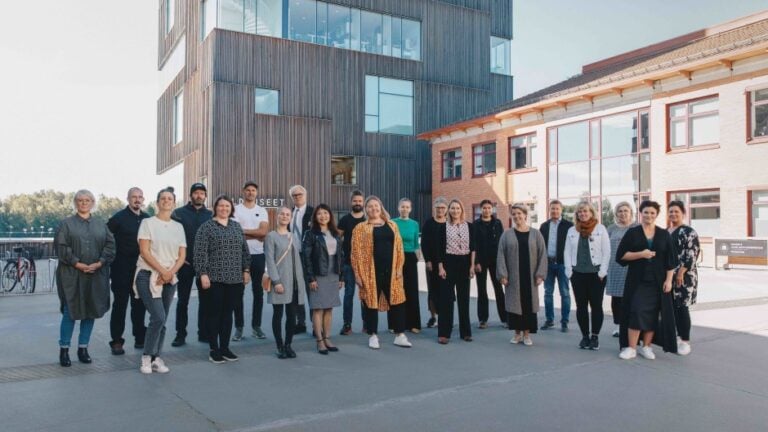Over the past year, many companies have expanded their online and social media activities. For example, parts of companies' hosting have moved to comment fields as a result of restrictions limiting face-to-face meetings. Sales have also moved online via Instagram and Facebook Messenger, for example.
The year also includes examples of companies that have been able to engage in customer dialogue via FaceTime, for example. Video calls have been used to showcase products, services and store environments. In short, the innovation boom has been both widespread and important for companies' ability to sustain customer relationships, sales and marketing.
The question is what digital footprints all activity online, in the physical store, restaurant or experiential facility creates and how we can understand them. How can data, statistics and analytics contribute to more sustainable business?
The right questions give the right answers
Understanding, taking control of and learning to analyse the data and statistics generated by, for example, Google analytics, social media platforms, visitor counters, cash register systems and other tools is essential to being in control of your business.
By understanding the data it creates, a company can answer questions such as:
- Are we achieving our goals on a daily, weekly or monthly basis?
- What do we sell most of and at what days and times of day?
- When do we have the most visitors on site (digital and/or analogue)?
- What are our most profitable products?
- Which marketing channels drive the most sales?
- Which campaigns are going well or not so well?
- Which goods/products/services are at risk of running out of stock before we buy new ones?
- Was last week's newsletter successful?
- How does interaction convert to sales in our social channels?
Have a clear purpose and set smart goals
In order to understand the data and analyse the statistics generated, it is important to set clear goals and objectives. One way to increase clarity is to work with so-called smart targets.
A SMART goal means that it is:
Specific
Medible
Accepterat
Relevant
Tident
The right metrics are critical to your goals
Once smart goals have been formulated, it's time to decide what to measure to achieve the goal, i.e. which metrics are important.Examples of KPIs could be:
- Number of converted purchases in a campaign .
- Number of goods or services sold during a specific period of time.
- Number of visitors to the website .
- Number of social media followers and/or interactions.
Designing activities that create valuable data
Once the objectives and KPIs are identified, activities are then designed to help achieve them.Examples of such activities could be:
- A social media campaign will encourage more customers and potential customers to sign up to receive our newsletter.
- An old stock will be sold through a campaign in stores and on the web.
- The number of social media followers will be increased through partnerships with other actors.
After the activity is completed, the data is collected and becomes your valuable statistics. For example: a newsletter has gone out via Mailchimp (the activity). The Mailchimp program collects data and creates statistics such as the number of opened and read newsletters and the number of clicks on the links you have inserted in the newsletter. Compile the statistics in a way that makes it easy for you and your employees to understand them.
Analyse your data carefully
Finally, it is important to take the time to analyse, draw conclusions and formulate the experience in a clear and understandable way so that everyone can see the work:
- Did the activity work?
- Was the SMART objective achieved?
- What conclusions can you draw?
It is important to anchor the work among your colleagues so that together you have the same picture of your work - how it has been done and what the consequences were. Perhaps you can help each other develop campaigns and concepts when you all have clear visibility?






